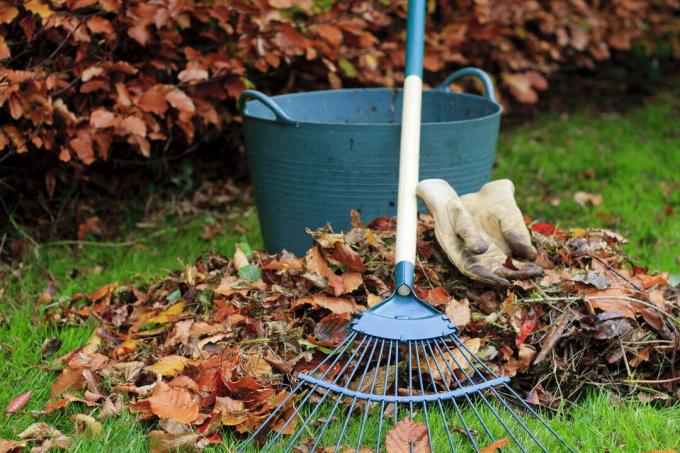Beech and red beech hedges skilfully set accents in the garden. However, in order for them to offer optimal privacy, they must be fertilized regularly and correctly.

red beeches (Fagus sylvatica) are often used as hedges because of their winter hardiness, year-round opacity and easy-care nature. Unfortunately, hedge plants are often left out when it comes to fertilization, because they usually get by without any help. But there is a clear difference between life and survival. Particularly fast-growing plants, such as beech, should be supplied with sufficient nutrients. Fertilization is particularly important in the first few years. This is the only way for the plants to grow optimally and be resistant to diseases and pests.
Beech hedge: when to fertilize?
In the first year, the copper beech is still supplied with enough nutrients if you have properly prepared the soil before planting. From the second year is then additionally fertilized. Fertilization is done in spring. This way your plants will have enough nutrients when the first growth spurt sets in in April. If fertilizer is applied several times, the last fertilization takes place in July at the latest. Otherwise the beech will sprout again too late. The formed shoots are not yet mature and freeze with the first frost. Regular fertilization is only essential for young beeches; older, healthy red beeches no longer need to be fertilized at all. They are robust and can manage without additional nutrients.
Beech hedge: what to fertilize with?
In the case of one-off fertilization, fertilizer with a long-term effect is used. The following is possible for this:
- compost
- lawn clippings
- horn shavings
- Long-term fertilizer (liquid or granules)
There are also special fertilizers for beech hedges. These are NPK fertilizers with organically bound long-term nitrogen, which promises even, compact growth. If you leave fallen leaves under the hedge, this also serves as an additional source of nutrients. With regular fertilization from March to July, liquid fertilizer is added to the irrigation water.

Fertilize beech hedges with organic or mineral fertilizers?
In organic fertilizers, the nutrients are bound to carbon. Inorganic or mineral fertilizers are chemically processed. Here the nutrients are in salt form. Both variants have advantages and disadvantages. Mineral fertilizers are more concentrated and more quickly available in the soil. However, unless you want to do intensive farming, mineral fertilizers are not recommended. They have to be dosed carefully and, if used incorrectly, can quickly become a burden on the soil and, above all, on the groundwater. The organic variants remain in the soil longer and are broken down there by microorganisms. So they are fully available for the plants and on top of that a healthy soil life is promoted. They are also more resource-efficient than industrially processed mineral fertilizers. A little hint: Popular fertilizers such as blue grain, Epsom salt and calcium cyanamide are also mineral fertilizers.
Beech hedge: how often and how much to fertilize?
Becomes a slow release fertilizer like our mostly organic Plantura organic universal fertilizer used, is only fertilized once a year. Otherwise, fertilization is carried out regularly in the growth phase from March to June. The “solid” types of fertilizer such as compost, granules and the like are spread on the ground in the root area and carefully worked into the soil with a rake. Avoid damaging roots. Liquid fertilizer is mixed with water according to the manufacturer's instructions and used to water the plants.
In order for beech hedges to offer good privacy protection, they must be cut back regularly. You can find out when and how best to do this in our article Cutting beech hedges.
